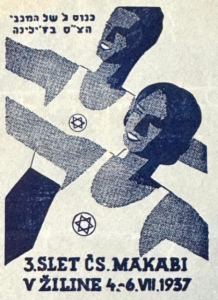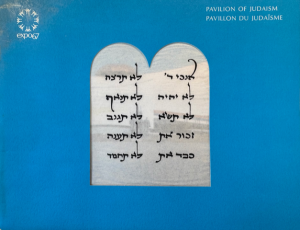In 1965, Jordan issued a series of postage stamps featuring the Dead Sea scrolls. This was at a time when the West Bank and Jerusalem were under Jordanian control and was part of an initiative by Jordan to brand itself as the “Holy Land”.
What are referred to as the Dead Sea scrolls are thousands of scroll fragments that were found in caves in the Judean Desert primarily between 1947 and 1956, although more scrolls were discovered as late as 2021. The most numerous find was in Qumran, a town that was abandoned around the time of the destruction of the Temple in 70 CE, but hundreds of scroll fragments have also been found in the Jordan Valley and the Judean Desert. These texts that date from the eighth century BCE to the seventh century CE record the life and activities of the people who lived in and passed through these regions. While the scrolls from Qumran are in Hebrew, Aramaic, and Greek, other scrolls are written in Latin, Arabic, and even Nabatean.
Prior to the discovery of the scrolls, the earliest surviving copy of the Bible dated to around the year 1000. These scrolls are 1,000 years older, and include some passages that were omitted in later manuscripts.
Most of the Dead Sea scrolls are on display at the Shrine of the Book at the Israel Museum in Jerusalem. Some of them were stored in Amman and are now on display at the Jordan Museum in Amman.
A travelling exhibit of the Dead Sea Scrolls featuring over 600 artifacts is at the Ronald Reagan Presidential Library & Museum in Simi Valley, Calif., until Sept. 2. Organized by the Israel Antiquities Authority, the exhibit uses DNA analysis and artificial intelligence to enhance our understanding of the scrolls and the people who made them.







